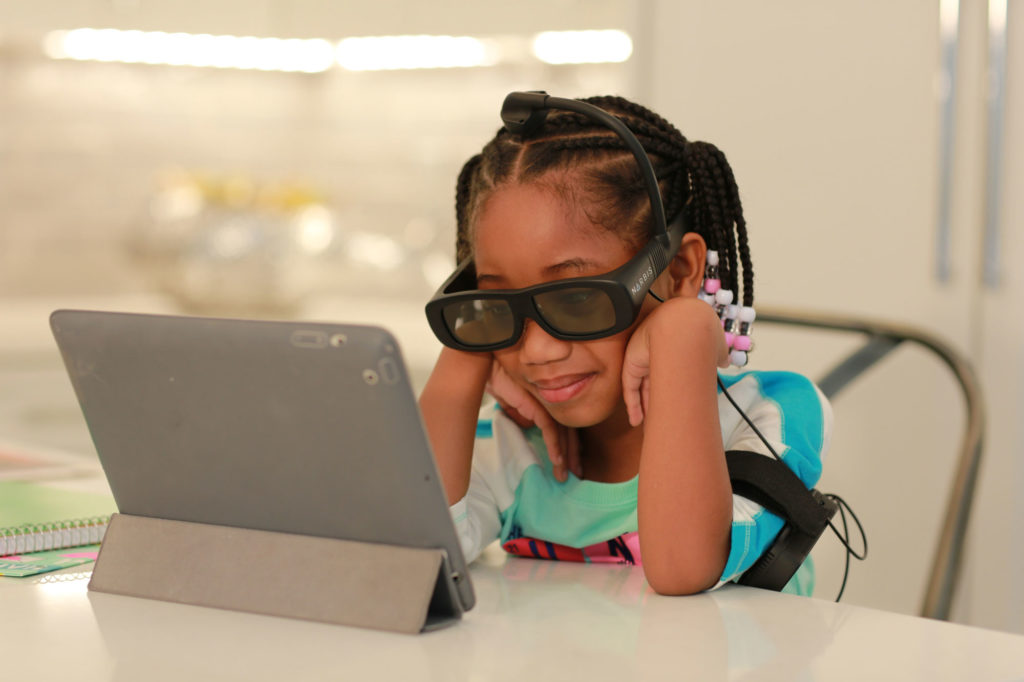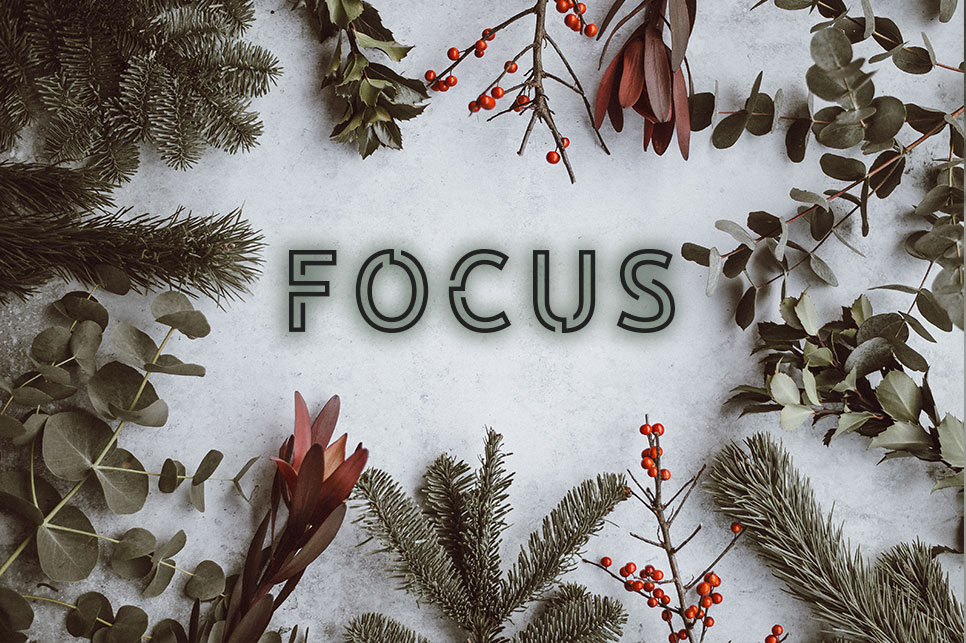As Andy Williams once sang — and as the annual holiday commercial barrage won’t let you forget — the holiday season is the “most wonderful time of the year!” Children and adults alike get a reprieve from their usual routine, enjoying time off to frolic outside and partake in cherished traditions. Even — or perhaps especially — during this pandemic time, the annual year-end break is a much-needed chance to blow off steam and make the most of the shorter days and cooler weather.
Yet with this change to the schedule comes disruption. For anyone, falling out of the usual routine can mean a slow start to getting work done after New Year’s. For anyone with ADHD, getting out of vacation mode can be a complete struggle.
We’ve called on experts on distraction and ADHD for tips on how to allow your family to enjoy the holiday break while keeping learning and engagement a priority, meaning a seamless transition back into learning and work mode through January
- Get Active and Into Nature

The crisper air and, depending where you live, snow, can be a great excuse to get outside and get some exercise. Regular exercise can help tamp down the symptoms of ADHD and the cooler temperatures can be reinvigorating after months of being cooped up at home. What’s more, running around can tire out your children so they fall asleep at an early hour—not an easy feat this time of year!
“People often put off going outside during the winter months, but as long as you are dressed right, getting out into nature is just as good then as when the weather is warmer for improving concentration and focus when back at home,” says Jon Borley, a UK-based level 3 practitioner with the Practical Forest School, an outdoor early childhood education program. Among the ways to get your family interacting with the winter outdoors: do a scavenger hunt looking for natural items, splashing in puddles, or even making potpourri from fallen leaves or pine needles in the yard.
Is the weather just too yucky to go outside? Freezing rain, for example, doesn’t quite beckon outdoor exploration. Nikki Bruno, a teacher turned academic coach for Student Coaching Services in Woodbridge, N.J., points out the benefits of body movement: hula hooping, playing hide-and-seek, or even some jumping jacks can help shake out those winter blahs.
- Help With Holiday Tasks

As anyone who’s had to host a holiday can attest, no big celebration happens without hours of prep work. Get your family in on the gift-wrapping, cookie-making action.
“Set aside time for children to let go of their gadgets,” says Allen Koh, CEO of Silicon Valley education consulting firm Cardinal Education. “Require them to do household tasks like cleaning, cooking, and the like.”
The tactile nature of holiday activities aren’t just soothing for the soul — they can also help with focus, mindfulness, and living in the moment. Moreover, your family might discover some passions in the process and uncover a budding household chef. Even being able to look at a decorated room can instill a sense of pride and accomplishment in your children.
- Play Some New Games

Just like a runner needs to log mileage or a weightlifter needs to get in some reps, your child’s brain needs steady exercise — even during holiday breaks. Justin Wimbish, middle school learning interventionist at Aspen Academy, a PK–8 independent school in Greenwood Village, Colo., notes “playing games — any games — allows parents opportunities to model beneficial behaviors: attention, enthusiasm, gracious competition.” Wimbish has some tips for homespun games to improve and build upon mental acuity.
For example, a deck of cards can help foster a child’s working memory: Show two cards for three seconds, then ask for the sum. The same can be done with multiplication as well.
“Expanding the number of displayed cards in the same time limit also pushes processing speed and visual processing,” he explains.
Another game Wimbish suggests for the holiday break, “Going on a Trip,” is fittingly reminiscent of the cumulative song “The Twelve Days of Christmas”. He explains:
“Using the alphabet, we tell a story about going on a trip and what we are going to bring with us. We take turns saying an item we’re bringing, starting with something that begins with A, then B, then C, etc. I might start with, ‘We’re going on a trip and I’m bringing an Apple’. The next player repeats the previous item(s) and adds a new one with the next letter, ‘I’m going on a trip and bringing an Apple and Boat’. Eventually, this requires recall of all 26 items with only the first letter as a cue.”
- Take Time for Quiet

Amid all of the holiday season tumult, a mindfulness practice can help soothe anxiety and stress and allow your family a chance to reflect on the year, the season, and what matters.
“I frequently coach my students to use somatic methods to stay calm and focused,” says Bruno. “These take the students out of their minds, which may be distracted, or worried, and into their bodies.” She outlines some breathing techniques:
- Slow, deep belly breaths: Inhale for four seconds; exhale for eight seconds.
- Stress-release breath: Two short inhales through the nose; one long sigh out of the mouth.
- Focus breath: Hold one nostril. Exhale in eight short bursts, then alternate to the other nostril.
At-home devices to help you practice attention such as Narbis can also help your child learn to focus better.
- Learn for the Fun of It

Having a break from school means more mental bandwidth to take on learning beyond the classroom. If your child was lucky enough to have gotten a new iPad this holiday season, incentivize screen time by requiring that they download — and use — some learning apps.
Internationally popular language learning app Duolingo offers free, gamified instruction 36 languages for English speakers (including a few constructed / fictional ones). Get a head start on French or Spanish or take on a language that might not be offered in your school like Italian or Polish.
Says Theresa Bertuzzi, co-founder and chief program development officer at Tiny Hoppers, a childcare provider headquartered in Ottawa, “I would suggest you take every opportunity as a teaching opportunity to keep the learning going. Embed learning in holiday activities to help the children focus and not be easily distracted.”
Are your children the sort who needs to learn without knowing they’re learning? Not to worry: many traditional holiday activities have opportunities for learning quite literally baked right in. That cookie-making session, for example, is a great way to work in some experiential math learning.
Conclusion
At the end of the day — or in this instance, year — it’s the lack of a routine that can set people off kilter over the holidays, meaning a slow start to the New Year once that first Monday in January rolls around. Making the most of what the season has to offer — reflection, togetherness, and the crisp outdoors — offers multiple opportunities to instill mindfulness and learning that will pay off through the holidays and beyond.







